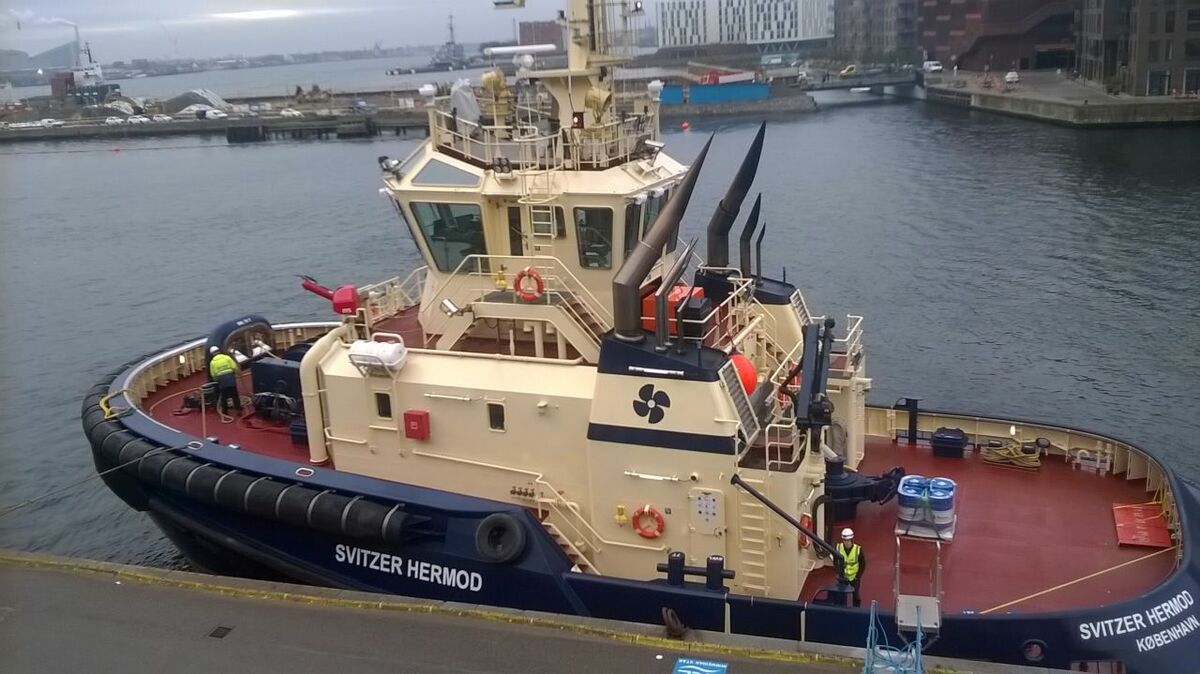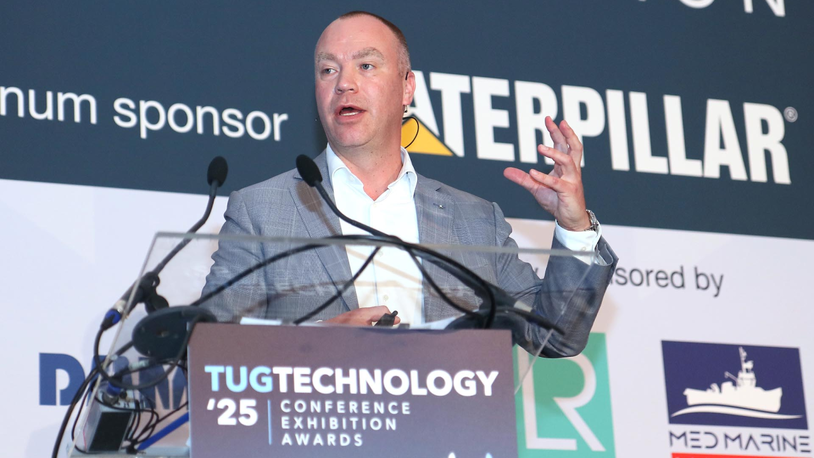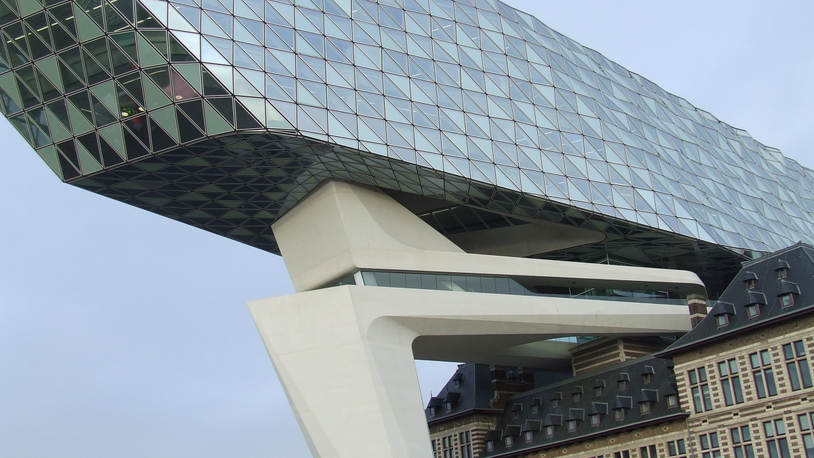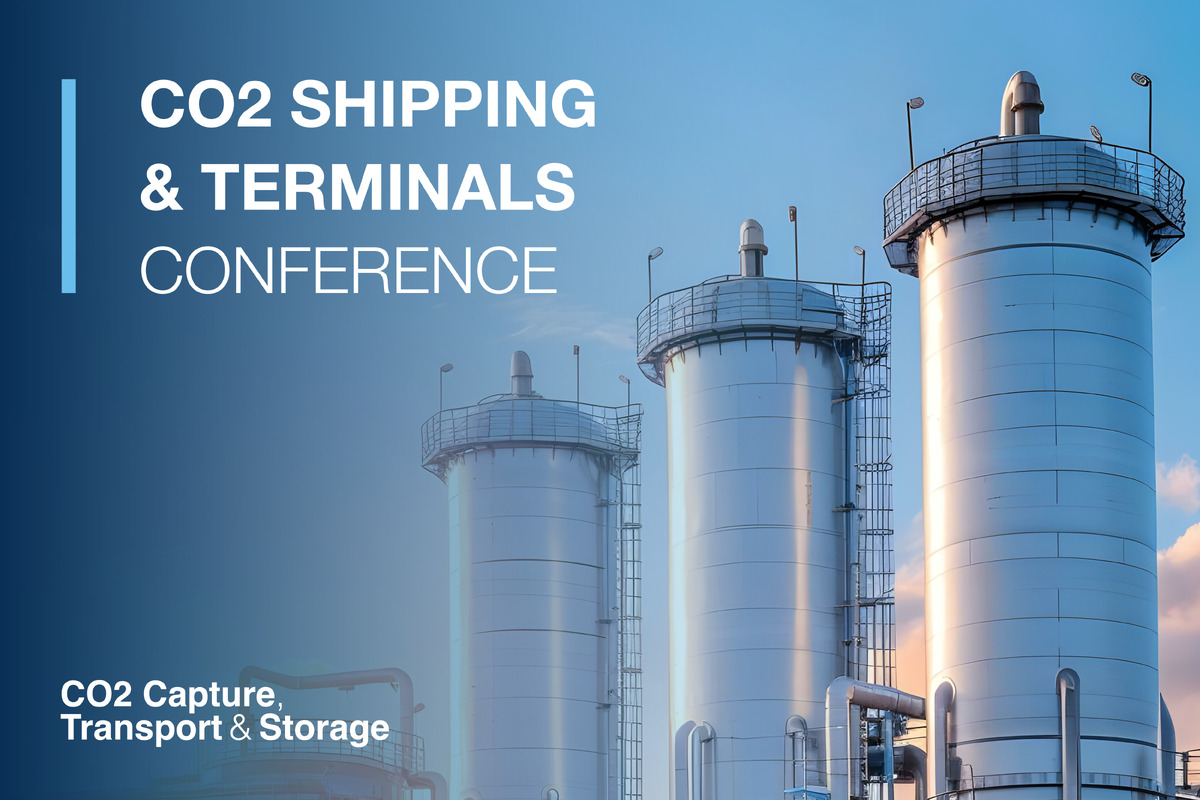Business Sectors
Contents
Class enables tectonic shifts in tug technology
Classification societies are helping tug owners deploy low-emissions technology and digitalisation
Green power, new stability rules and digitalisation will shape tug design and operations in the next decade with owners tackling the massive shifts coming in shipping.
Changes in designing and constructing tug newbuildings will focus on adapting enginerooms and propulsion to alternative fuels and electrical power.
Digitalisation and new communications technologies will be increasingly used, says DNV GL segment director for offshore service vessels and tugs Arnstein Eknes.
“There will be tectonic shifts in maritime,” he says, adding these include vessel operators preparing for IMO 2030 and IMO 2050 goals for cutting greenhouse gas (GHG) emissions.
For tugs, this will result in radical changes to engineroom machinery and layout. “The tug design revolution will be on the inside,” says Mr Eknes, adding this will encourage energy storage technology development and increasing use of alternative fuels.
“IMO 2020 [sulphur cap] is just a bump in the road. IMO 2050 will be like climbing Mount Everest,” says Mr Eknes. “What fuels will we need to get there? LNG, LPG, methanol, hydrogen, ammonia, batteries and shore power – they all have their own issues,” he explains.
There were about 15 tugs powered by LNG in Q4 2019 and two more under construction. While there were 11 tugs with batteries on board and two being built.
“From an operators’ point of view, it makes sense to switch to batteries for tugs,” says Mr Eknes, who suggests owners consider how fuel and maintenance cost savings can offset higher capital expenditure for batteries. On average, tugs are idle around 60% of their operating time.
Mr Eknes suggests tug owners collaborate with port authorities to reduce emissions by installing batteries and power points for when tugs are idle or slow speeding.
“Tugs are critical to shipping and owners can be the catalyst for ports to invest in shore power and for smarter ports,” says Mr Eknes. “Tugs could be plugged in and ports can identify where to have plug-in points for shore power.”
Another shift is the trend towards remote management and control and developing autonomous shipping. “If this happens in shipping, how will that affect towage?” Mr Eknes asks.
Tugs are already at the frontier of vessel remote control development and could be instrumental in determining how autonomous ships are berthed. Tug owners could adapt digital technology to benefit their operations by providing more decision support. “Think about helpdesks for tug masters,” Mr Eknes suggests. He thinks tug owners can use digitalisation to make better fleet investment decisions and improve communications with crew, using 4G and 5G for inland, port and coastal communications.
Sustainability challenges
Bureau Veritas (BV) global market leader for offshore support vessels and tugs Eva Peño agrees that environmental trends and regulations will shape tug design and operations.
“The challenge of sustainability is shaping the industry and the digital transformation is seen as an effective way to meet the challenge,” Ms Peño tells Tug Technology & Business. “Classification societies have a role to play to support the industry through this transformation.”
BV has assisted tug owners such as Østensjø Rederi in adopting LNG as fuel and hybrid-electric propulsion systems. It has also created a new notation for operators looking to reduce emissions beyond Marpol Annex VI limits.
Ultra-low emission vessel (ULEV) notation is assigned to vessels fitted with advanced emission control technology minimising SOx and NOx, plus hydrocarbons and particulate pollutants.
“Protecting the air quality becomes essential for vessels operating close to populated areas as is the case for tugs,” says Ms Peño. Classification societies are working with industry to standardise and harmonise environmental regulations.
BV sees participating in joint industrial projects (JIP) as a powerful tool to achieve industry goals, not just to reduce the environmental footprint. Recent examples include the Safetug JIP and Bollard Pull JIP.
“The Safetug JIP addressed one of the major concerns in the tug industry: the stability of the ship carrying out the towing and escorting operation,” says Ms Peño. The stability criteria developed by this JIP went all the way up to the level of IMO, which adopted the amendments of the 2008 Intact Stability (IS) Code coming into force in January 2020.
The Bollard Pull JIP, led by MARIN, challenged 31 of the main actors of this industry “with the objective of developing a clear, comprehensive and up-to-date standard to identify the key factors affecting the measured bollard pull value” says Ms Peño.
This also defined the best practices to ensure the reported bollard pull represents the realistic performance of the vessel. This was published in July 2019.
Tug owners need to adopt digitalisation technology to optimise operations and enable safer practices. This also leads to remote and more autonomous operations.
“Classification societies must ensure the new technologies can be safely implemented on board,” says Ms Peño, “considering the expansion of computerised control systems on board combined with connectivity certainly is taking traditional shipping on a path towards autonomous shipping”.
BV published a new version of its Guidelines for Autonomous Shipping in 2019 to support and assist shipyards and owners to enhance autonomy of their ships.
Classification societies are also adopting digitalisation technologies. For example, “by using 3D models, not only for classification purposes, but also as the starting point for asset integrity tools during the life of the vessel,” says Ms Peño, “or by changing our survey schemes to adopt new predictive maintenance methodologies”.
Class assists owners’ investment in smart technology
Classification societies are helping tug operators invest in smart technologies and digitalisation to assist masters manoeuvring vessels and to make maintenance procedures more efficient. Lloyd’s Register (LR) is working with PSA Marine and Wärtsilä on the IntelliTug project in Singapore, where masters are aided by decision support tools.
A group of LR tug class experts spoke to Tug Technology & Business about this and other projects. They say IntelliTug “provided learnings regarding the design, safety assurance and the cyber security activities necessary to enable these technologies”. LR invested in cyber security specialists such as Nettitude to address these risks in a holistic way.
LR has also learned by using digitalisation for condition monitoring and predictive maintenance. Based on this, LR updated ShipRight procedures for machinery planned maintenance and condition monitoring to support owners’ operations.
LR is also assisting Compagnie Maritime Belge (CMB) to develop hydrogen-fuelled vessels, including tugs. LR developed a hydrogen risk assessment for LR-classed dual-fuel vessels. “This supports the wider use of hydrogen as a fuel for combustion engines and towards alternative power generation technologies such as fuel cells,” say the LR technology experts.
Class is also supporting tug operators to adopt hybrid propulsion systems. “The specification of hybrid electrical power, and even battery electrical power systems for tugs, is increasing in response to sustainability challenges,” say the experts.
“We are involved in projects which aim to develop and commercialise battery systems that are both safer and more sustainable, with increased power density compared to conventional solutions.”
In 2019, LR published new rules to support safely integrating lithium battery systems and hybrid electrical power systems on board vessels. “In addition to lowering emissions, integrating battery energy storage can reduce noise and vibration compared to diesel power,” say LR experts.
Batteries reduce engine and generator use on board and can provide a short-term boost to tug power, temporarily increasing bollard pull. However, these boosts “might affect the bollard pull ratings and the certification issued against the tug,” say the class experts.
With this in mind, LR is involved with an industry JIP looking into harmonising testing and accommodating hybridisation and new technologies. “And we hope to update ShipRight to incorporate learnings from this JIP,” the experts say.
Fuel cell advances
To assist owners in their future choice of hybrid or all-electric propulsion, ABS published its Guide for Fuel Cell Power Systems for Marine and Offshore Applications. This supports the design, evaluation, and construction of fuel cell systems on vessels.
This guide focuses on all fuel cell systems and arrangements for propulsion and auxiliary systems both in newbuild and retrofit projects, while maintaining key safety principles.
“As technology evolves and regulators challenge shipping to decarbonise, fuel cells are increasingly seen as having an important role to play in meeting that challenge,” says ABS vice president for technology Gareth Burton.
ABS can provide optional notation FC-E (Essential Service) or FC-NE (Non-Essential Service) once fuel cell installation has complied with the requirements of this guide.
Fuel cells are also addressed in the ABS’ advisory on hybrid electric power systems, which evaluates the potential advantages and disadvantages, challenges and level of readiness for the primary hybrid electric power systems and associated components.
In December 2019, ABS started research with Contemporary Amperex Technology Co Limited into developing lithium battery-based propulsion and its technical standards. This joint project will research battery material properties and combustion mechanisms. ABS will research safety system performance, such as monitoring and early warning of thermal diffusion. ABS says this will support revising the classification of lithium battery inspection guidelines and drive improvements in lithium battery standards.
Condition-based surveys
ABS is working with vessel owner Topaz Energy and Marine and the Ministry of Transport, Communications and High Technologies of Azerbaijan (ASMA) to enable offshore vessels to undergo condition-based surveying.
As the first of its kind, this programme will extend Caspian Voyager’s maximum dry-docking period from five to 7.5 years, allowing the platform supply vessel to undergo in-water surveys, says ABS senior vice president for digital solutions Kashif Mahmood.
This should “result in higher availability and productivity” of this vessel and enable partners to deploy a condition-based classification regime.
ABS worked with Topaz to structure the collection, inspection and analysis of data and establish whether rule changes are required for condition-based notations.
ABS Smart Notation, launched in April 2019, is key to this process. “It brings together the operational aspects of a digital strategy and reflects the changes in the inspection regime,” Mr Mahmood explains.
“Smart functions will enable condition-based approaches to both maintenance and class survey,” he adds. “These are designed to help owners and operators proactively manage asset health and performance.”
The process includes benchmarking existing equipment and evaluating the penetration of installed sensors. “And running the results through a risk matrix to understand where vulnerabilities may lie,” says Mr Mahmood. “Increasing the number of sensors monitoring equipment health and knowing what to do with the resulting data enables owners to get to smart operations more quickly and move progressively away from prescriptive, calendar-based inspections.”
Related to this Story
Events
Reefer container market outlook: Trade disruption, demand shifts & the role of technology
Asia Maritime & Offshore Webinar Week 2025
Marine Lubricants Webinar Week 2025
CO2 Shipping & Terminals Conference 2025
© 2024 Riviera Maritime Media Ltd.















